Enter Rebecca Belmore’s exhibition at the Art Gallery of Ontario, and the sound of her artwork finds you first. The thunder of cascading water from Belmore’s video installation Fountain (2005) can be heard before you lay eyes on the work itself. It’s an invigoratingly sensory introduction to Belmore’s largest ever survey – and appropriate too, as her provocative oeuvre has never shied away from confrontation at the intersection of the body, the elements and colonial politics.
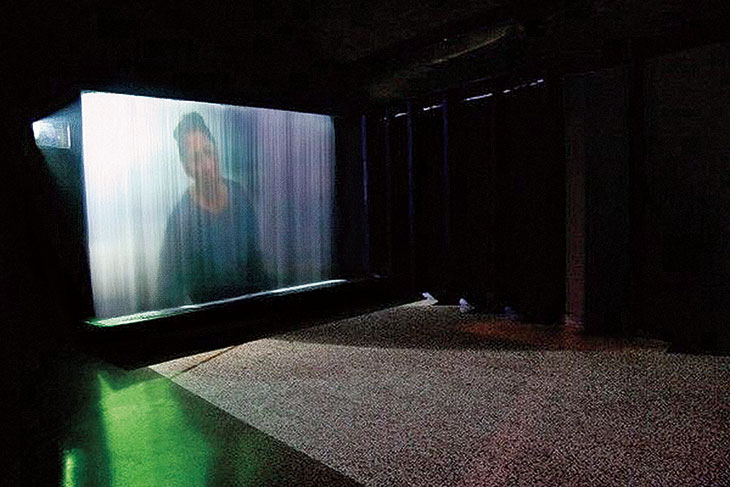
Fountain (2005), Rebecca Belmore. Courtesy the artist; © Rebecca Belmore
Belmore is an Anishinaabe artist and member of the Lac Seul First Nation community. Her work over the past 30 years has placed her at the forefront of contemporary Indigenous art in Canada, and made her a recognised face within a country-wide movement to address the underrepresentation of First Nation voices in major institutional exhibitions and collections (it is worth mentioning that so too is Wanda Nanibush, the museum’s first dedicated curator of Indigenous art as of 2016, and curator of this exhibition.) This conversation is thankfully now also beginning to filter beyond Canada’s borders and into an international arena, and so too is Belmore’s work, long heralded here, less known to the wider art world.
It was Fountain that initially brought Belmore to the international scene, when it was exhibited at the Canadian Pavilion in the Venice Biennale in 2005. A large-scale video is back-projected on to a screen of rushing water. It begins with the camera looming over a verdant landscape, then a fiery burst of flames ignites across it, so strange to witness through the falling water. Then Belmore herself appears, struggling against the tides of a lake or ocean, endeavouring to scoop the churning water around her into a bucket, before hurling it towards the camera, where it turns blood red. It is a no-holds barred immersion into Belmore’s assertive work, and as she looks directly down at the camera just before her final act, there is a challenge laid down to us too.
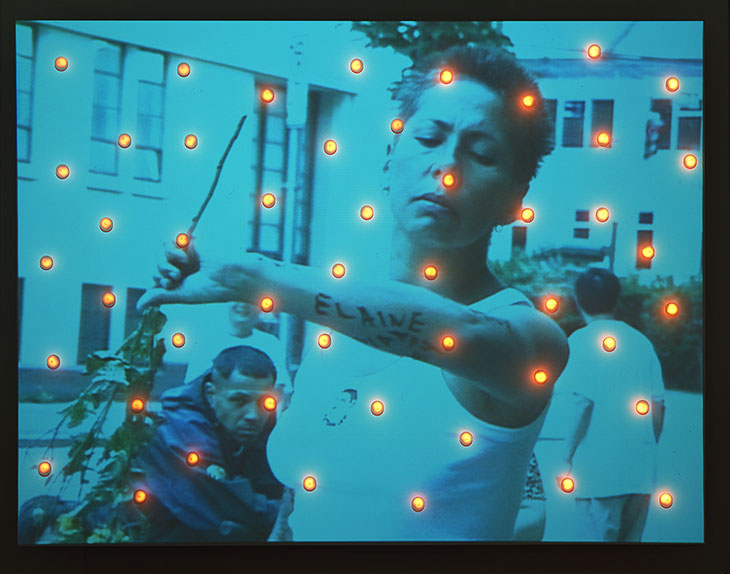
Vigil, from The Named and the Unnamed (2002), Rebecca Belmore. National Gallery of Canada. © Rebecca Belmore
Bringing into view the experience of Indigenous women past and present is central to many of Belmore’s works, with her own performing body at the forefront. Most arresting perhaps is the installation The Named and Unnamed (2002), which incorporates video documentation of the performance Vigil, made in 2002 in Vancouver in the wake of the disappearance of some 60 women, many Indigenous, from the area. In a series of repeated actions, Belmore calls aloud each woman’s name, de-heads a flower between her teeth and proceeds to nail the red dress she is wearing to the surrounding street fencing, before pulling away the fabric (with considerable effort), ripping the dress from her wiry frame and leaving her breathless. Attached to the screen on which the video is projected is a constellation of light bulbs, while a written list of the women’s names is offered at the entrance to the installation. It is both intensely compelling and difficult to watch, an anguished cry in a bid to be heard. Earlier that year, serial killer Robert Pickton had been arrested and would later be found guilty of murdering a number of the women reported missing.
Elsewhere, there is power in silence. State of Grace (2002) is an example of Belmore’s comparatively quiet, more contemplative work. It takes the form of a black and white photographic portrait of the artist’s sister in serene repose. The photo is cut into inch-wide strips that flutter, breath-like, with the movement of viewers through the gallery, offering a gentle and intimate reflection on family, memory and sisterhood.
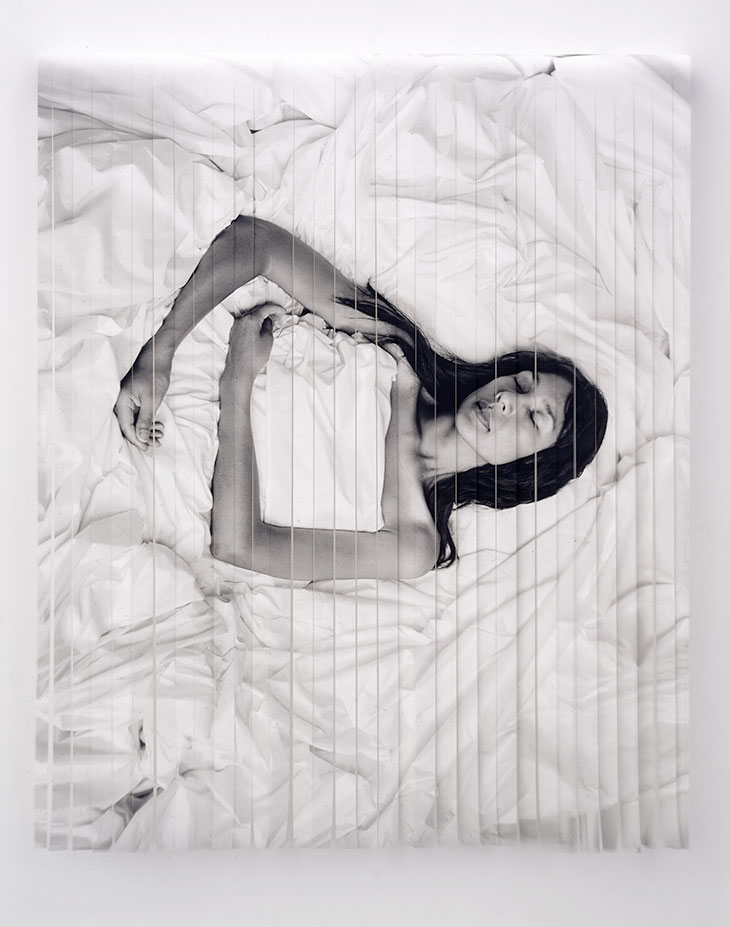
State of Grace (2002), Rebecca Belmore. © Rebecca Belmore
Similarly restrained, the recent work At Pelican Falls (2017) responds to a found image of young boys at a residential school in the 1950s, clothed in denim uniform and gazing out on to a lake. The residential schooling system was a network of compulsory boarding schools forcibly introduced in the late 1800s by the Canadian government and often run by Christian churches, with a view to assimilating children from Indigenous communities into European-Canadian culture. The last residential school did not officially close until 1996, and the full extent of abuse and the catastrophic effect these institutions had upon families and communities is still being uncovered. At Pelican Falls makes great use of a narrow, corridor-like space in the gallery. A silent video at one end shows a young boy, his back to us, dousing himself in mesmerisingly blue lake water until he disappears completely. In front of this, a sculptural ‘sea’ of denim covers the floor, coming to a peak with a small, body-less uniform.
‘Facing the Monumental’ spills from the upper gallery into other locations at the AGO. Not to be missed is another work from 2017 that Belmore made for the 14th edition of Documenta, held between Kassel, Germany and Athens, Greece – a sure sign of international art world recognition. Biinjiya’iing Onji (From Inside) is a tent carved from solid marble sourced from the same stone quarry used to build the Acropolis in Athens. For Documenta, it was positioned with a vista of that very architectural symbol of Western power, weight and progress. Transfigured by Belmore, this impermanent, transitory space becomes a monument. In its original setting, the work spoke clearly to the current refugee crisis; but also to the experience of any nomadic community, whether nomadic by tradition or through enforced displacement.
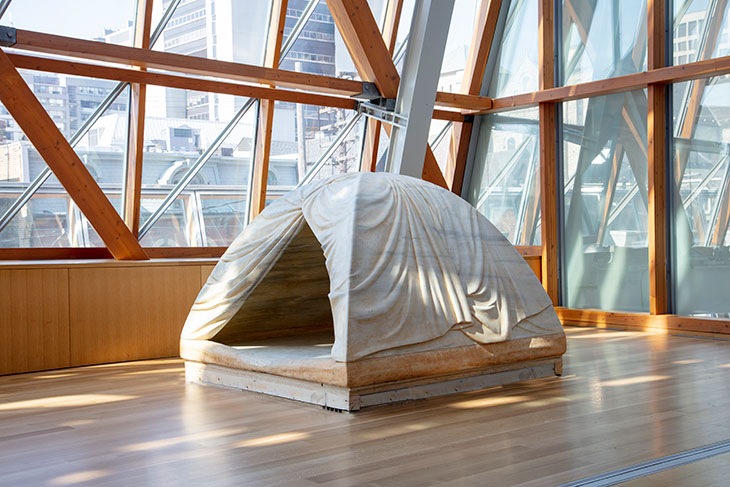
Biinjiya’iing Onji (From Inside) (2017), Rebecca Belmore. National Gallery of Canada. © Rebecca Belmore
At the AGO Biinjiya’iing Onji (From Inside) is placed alongside to the gallery’s famous collection of Henry Moore sculptures. There is an obvious formal relationship between Moore’s carved stone and Belmore’s. But the pairing also feels like a loaded message: Moore, a man celebrated across the world as a cornerstone of 20th-century Western sculpture, beside Belmore, an Indigenous woman and multimedia artist, with the world just beginning to wake up to her vital work.
‘Rebecca Belmore: Facing the Monumental’ is at the Art Gallery of Ontario, Toronto until 21 October.
Unlimited access from just $16 every 3 months
Subscribe to get unlimited and exclusive access to the top art stories, interviews and exhibition reviews.

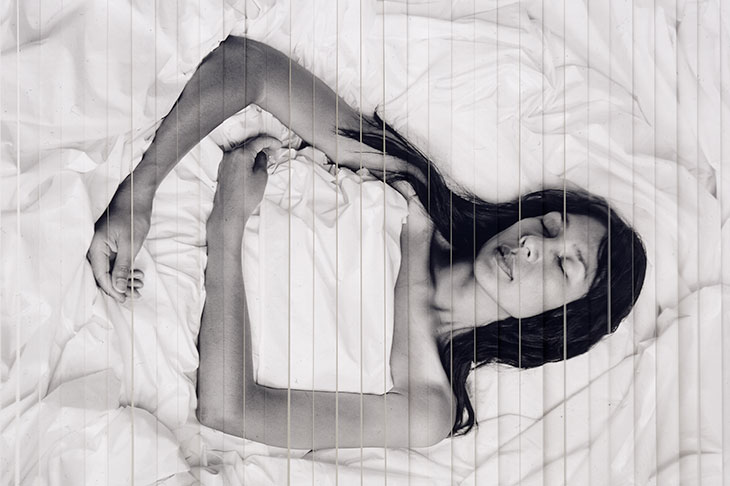
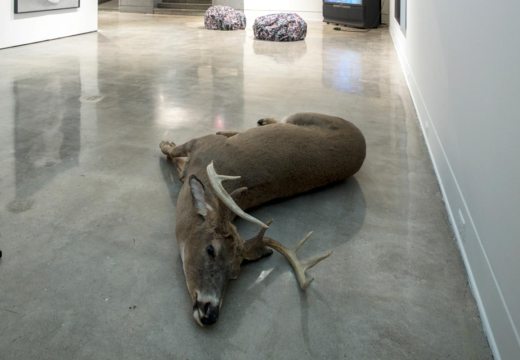
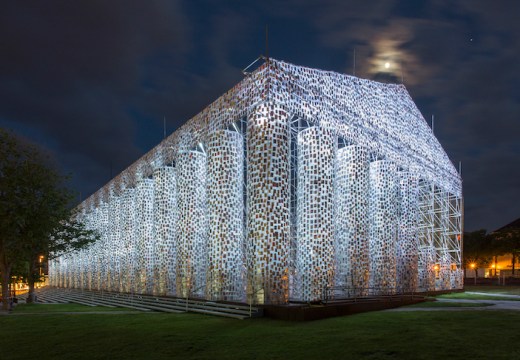
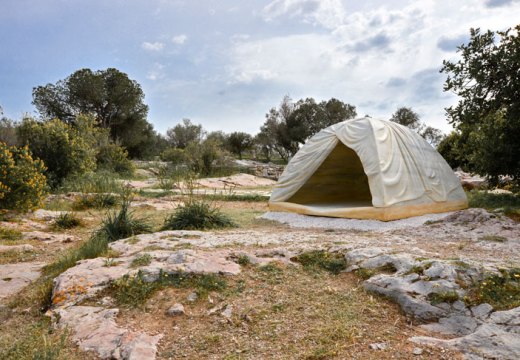









![Masterpiece [Re]discovery 2022. Photo: Ben Fisher Photography, courtesy of Masterpiece London](http://www.apollo-magazine.com/wp-content/uploads/2022/07/MPL2022_4263.jpg)
It’s time for the government of London to return to its rightful home